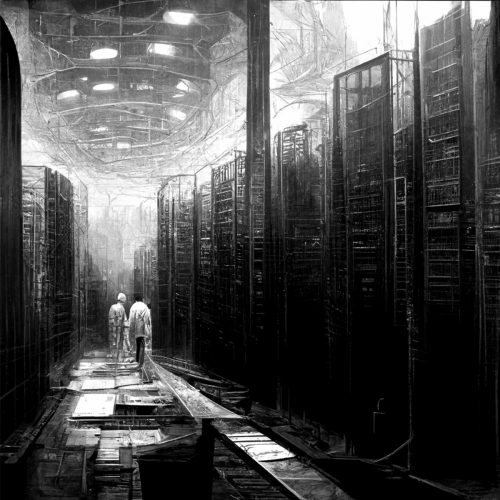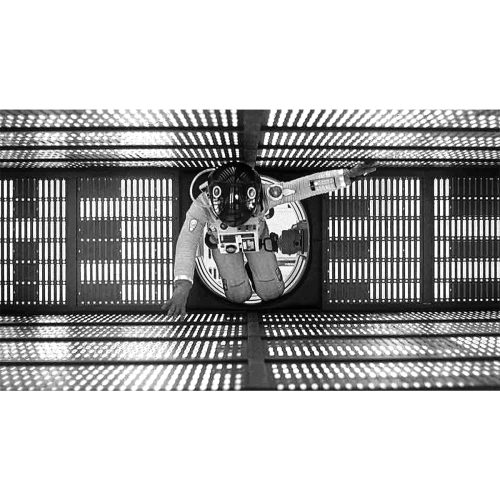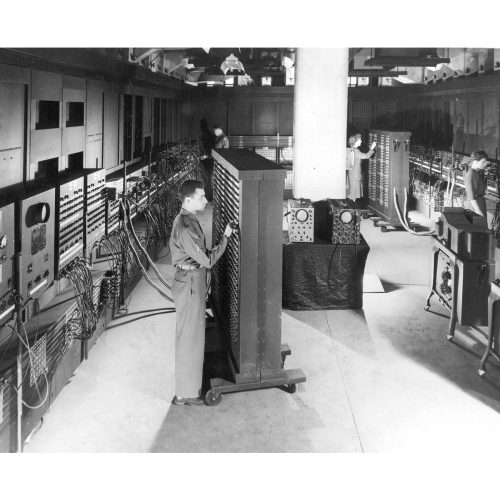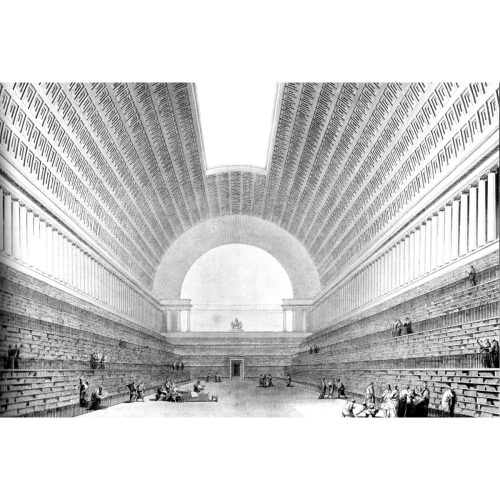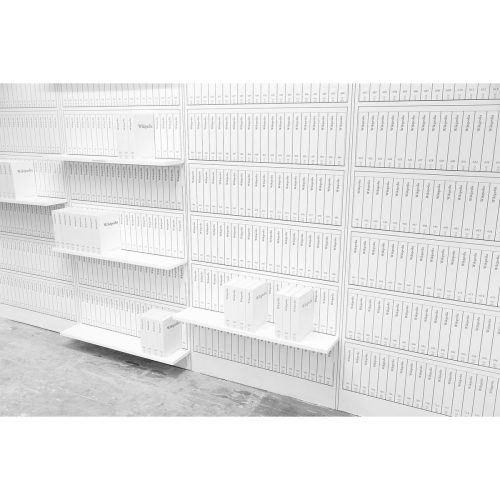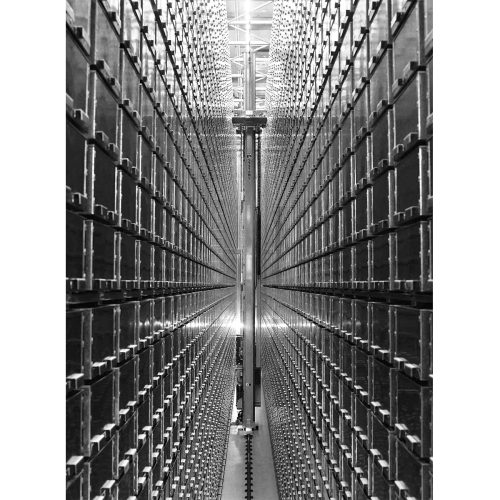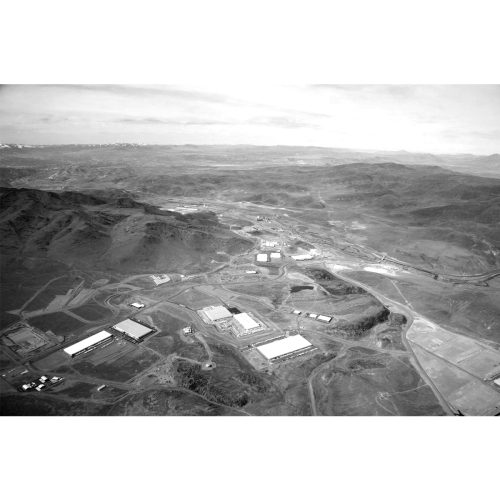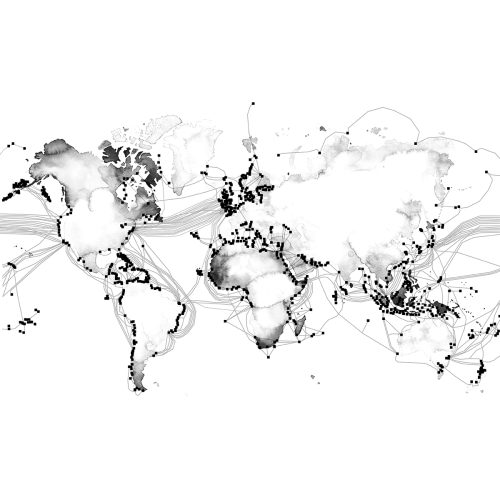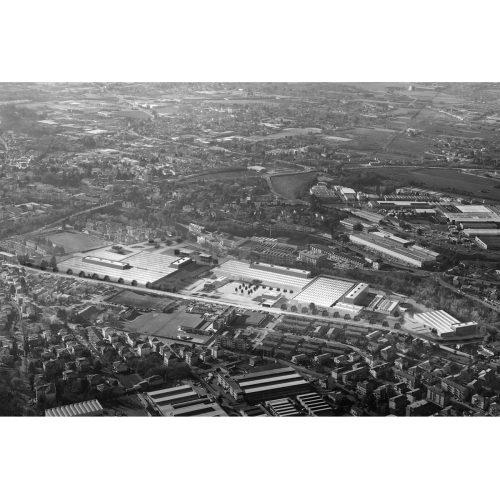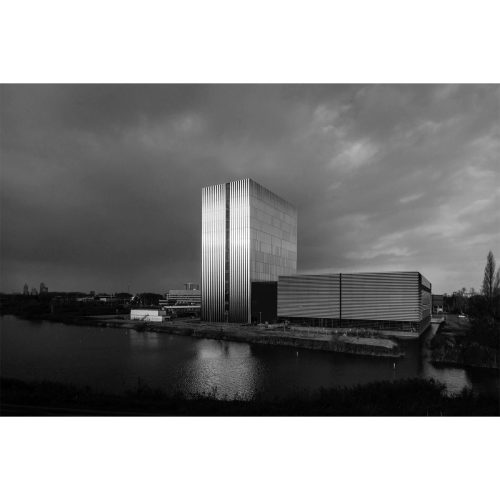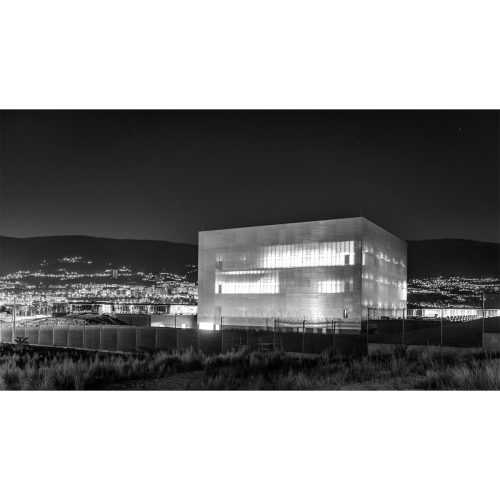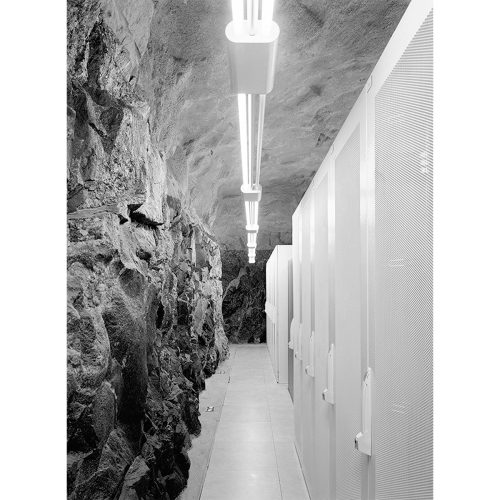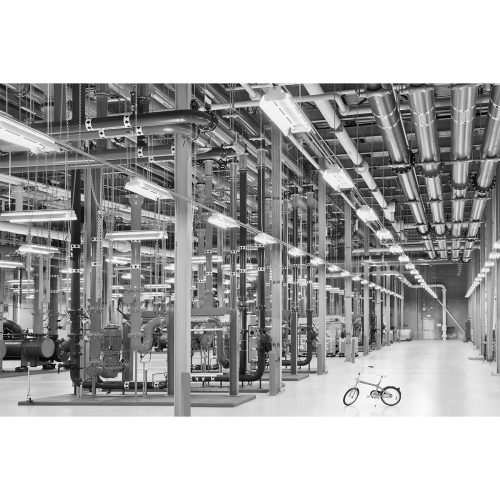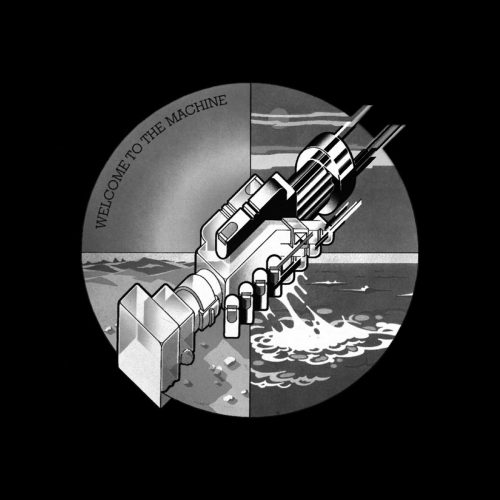Spazi senza uomo
Nuovi paradigmi dei contenitori di memoria
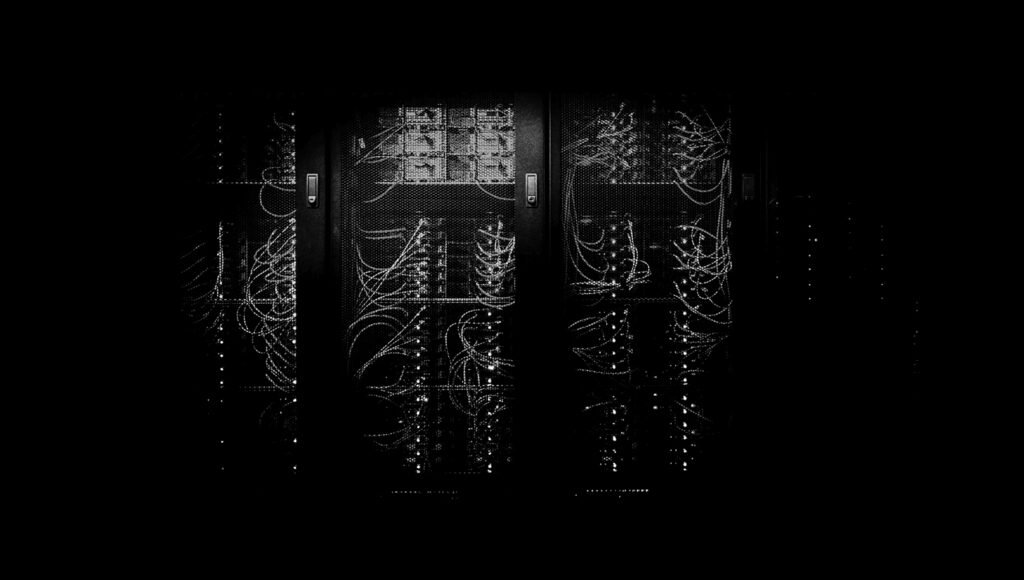
«All those who have even fleetingly reflected on the topic know that the main character of architecture lies in its action with a three-dimensional vocabulary that includes man.
Painting acts on two dimensions even if it can suggest three or four. Sculpture acts on three dimensions, but man remains outside of it.
Architecture, on the other hand, is like a large sculpture dug into which man penetrates and walks.»
Bruno Zevi, Saper vedere l’architettura, 1948.
The transposition of the tangible world into immaterial data and the irreversible automation of production (and creative) processes increasingly determine a profound change also in the habitable space, implying political, environmental, certainly economic and above all social implications.
In 1969, the Archizoom group described, through the Non-stop city manifesto, a new logic of urban writing divorced from any figurative code and responding only to the precepts of optimization and hierarchical ordering of production and consumption. A radical idea of the urban fabric in which «the Factory and the Supermarket effectively become the true champion models of the future city: optimal urban structures, potentially infinite, where the functions are arranged spontaneously on a free plane, made homogeneous by a system of microclimatization and optimal information”.
Similarly, today, logistics centres, data centers and automated agricultural industries are indispensable containers devoted solely to performance optimization which are concentrated in the extra-urban fabric, resulting in a landscape no longer intended to be inhabited by man.
Space and “inoccupying” stand as antithetical terms to identify a field of research on the border between the idea of space and its apparent negation. A journey that requires opening up to figurative and imaginative worlds to understand the nature of those places that are emptied, hidden, inviolate, disguised, inaccessible or not yet explored. The space without man, of which an admittedly exploratory definition is proposed, does not in fact identify a place in which the human being is absent but one in which his presence is completely marginal: he is no longer the occupant, but the beneficiary.
In this context, the Data Center is a significant example of a space without man.
The investigation into the data container, understood as a monotype of utilitarian architecture, has often been considered to pertain to a purely technical field, separate from compositional research.
The traditional functional spaces not modulated on the body but devoted solely to the productive optimization of the machine are today, with progressive automation, unoccupied by the presence of the human being even for purely maintenance purposes. Located on the edges of the densely populated fabric, Data Centers pose questions that are as important as they are inevitable.
In the first instance, the immense scale of the hyper-technological deposits suggests a reflection on the relationship with the context they inhabit, in a process of necessary abstraction. Secondly, it seems clear that data imply an extremely fascinating spatial dimension that thrives precisely on the apparently paradoxical relationship between tangible container and immaterial content, underlying the potentially unlimited containment capacity of the Data Center. Furthermore, a content that is inconsumable because it is digitized and questions man, a finite being, on the importance of knowledge and, perhaps, the necessity of oblivion. The text aims to substantiate a critical reading of the Data Center which becomes a symbol of our century and to prefigure possible trajectories of evolution starting from the intrinsic temporariness of the building itself. Paths and paths branch out that contrast a possible opening to a process of resignification and rewriting, to the claim of obsolescence of the building itself, to inclusion in the urban fabric or to the inexorable process of monumentalization that makes the Data Center the symbol and memory of a future past, transcending the content itself.
The dissertation will attempt to answer some essential questions:
Is the Data Center an architectural organism?
Is it possible to identify a hybrid space of exchange between man and automation?
If the landscape is to be understood in its active dimension of a space of relationships, spaces without man will be able to become spaces hospitable?
